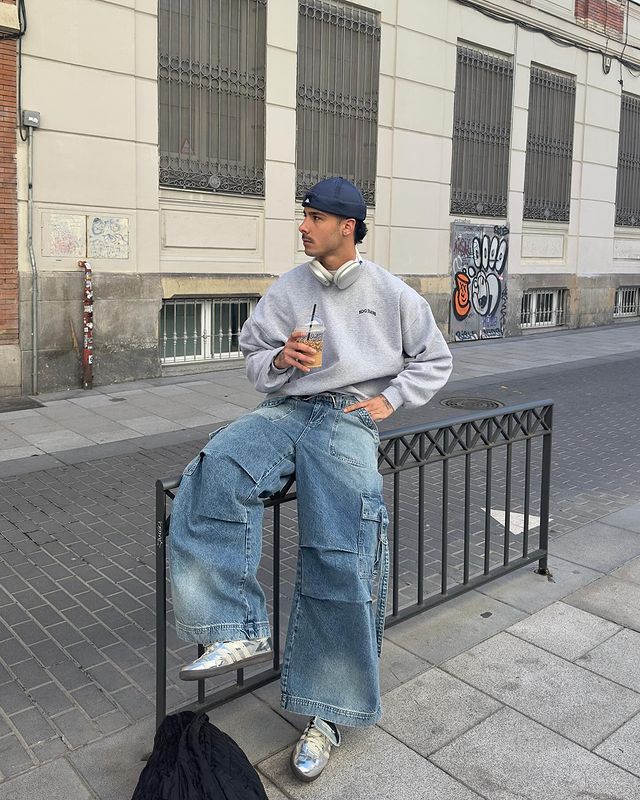Introduction: Why Materials Define the Future of Fashion
Fashion has always been more than clothing. It is a mirror of society, a reflection of human aspirations, and a language of identity. Yet beneath the colors, the silhouettes, and the aesthetics lies something more fundamental—the very materials from which garments are made. Over centuries, textiles have dictated what is possible in design, shaping not only style but also culture, trade, and technology. Today, as the industry confronts environmental crises, ethical debates, and consumer demands for transparency, a “material change” is no longer optional but inevitable.
Rethinking fashion’s core begins with reimagining fabric. Cotton, silk, wool, and polyester once defined eras, but innovation now stretches far beyond these staples. From mushroom-based leathers to recycled ocean plastics and lab-grown fibers, the new wave of materials promises both sustainability and creativity. This transformation is not only technical but philosophical: it challenges us to reconsider what clothing represents, how it is produced, and what responsibility fashion holds in shaping the future.
In this extensive exploration, we will dive into the past, present, and future of materials, tracing how fabric choices influence style, industry economics, environmental balance, and even global culture. This is a story of innovation and responsibility, of artistry and ethics. It is a deep rethinking of fashion’s most basic element—the material itself.
The Historical Foundations of Fabric in Fashion
Before fashion became a global industry worth trillions, it began with fibers spun by hand and woven on rudimentary looms. Ancient civilizations measured wealth and status not only by gold or land but also by cloth. Egyptian linen symbolized purity and luxury, Chinese silk carried imperial power across continents, and Roman wool sustained both soldiers and citizens. Materials were more than utility; they were cultural symbols that shaped rituals, economies, and hierarchies.
The Industrial Revolution marked a seismic shift. Machines mechanized textile production, making fabric accessible to broader populations. Cotton mills and synthetic dye innovations turned fashion into an industrial force. With accessibility came the rise of fast production, and eventually fast fashion. The same forces that democratized clothing also laid the foundation for the material crises we face today—pollution, overproduction, and exploitative labor systems.
Tracing these roots matters because it reveals how central material choices are to every aspect of fashion. From silk roads to polyester threads, fabric has always defined what fashion can be. Understanding history allows us to better navigate the future, ensuring the mistakes of industrial excess are not repeated in the new era of sustainable innovation.
The Environmental Reckoning of Modern Materials
In the twentieth century, synthetic fibers like nylon and polyester revolutionized apparel. Lightweight, inexpensive, and easy to mass-produce, they quickly became staples of wardrobes worldwide. Yet their convenience came at a hidden cost: microplastic pollution, chemical waste, and dependency on fossil fuels. Today, over sixty percent of global textiles are petroleum-based, creating environmental challenges that extend from extraction to disposal.
Natural fibers, often assumed to be sustainable, also carry heavy burdens. Cotton requires enormous quantities of water and pesticides. Conventional leather production involves deforestation and toxic tanning processes. Even wool, celebrated as biodegradable, contributes to methane emissions and land degradation when industrialized at scale.
This reckoning has forced the industry to confront uncomfortable truths. Consumers once satisfied by low prices now demand accountability. Brands that relied on greenwashing struggle as transparency becomes the new standard. The conversation around materials has shifted from surface-level trends to systemic transformation. Fashion cannot simply “look” sustainable; it must re-engineer its very core.
The Rise of Bio-Based and Lab-Grown Textiles
In laboratories and innovation hubs, a quiet revolution is unfolding. Scientists and designers are collaborating to engineer fabrics that look, feel, and perform like traditional textiles without the ecological toll. Mushroom mycelium leather, for example, replicates the durability and aesthetic of animal hide without requiring livestock. Spider silk produced through bioengineering offers unmatched strength while being fully biodegradable.
Lab-grown cotton, hemp blends, and algae-derived fibers are entering commercial production. Startups are experimenting with bacterial cellulose to create fabrics that “grow” rather than require extensive farming. These innovations signal a profound shift: materials no longer need to be extracted destructively but can be cultivated regeneratively.
The rise of bio-based and lab-grown textiles represents more than an ecological fix. It is an artistic expansion, providing designers with new textures, finishes, and creative possibilities. A dress made from lab silk may carry futuristic aesthetics while embodying deep environmental consciousness. The innovation also redefines luxury, shifting it away from scarcity and animal exploitation toward exclusivity defined by ethics, technology, and visionary design.
Conclusion
The story of fashion has always been tied to material, but in today’s climate-conscious era, the meaning of “material change” carries a deeper significance. No longer is fabric simply a tactile surface or an aesthetic foundation—it has become a statement about values, innovation, and responsibility. From bio-based textiles and recycled fibers to digital fabrics that exist only in virtual realms, the very core of fashion is being redefined by the urgent need to adapt to social, cultural, and environmental realities.
The transformation taking place is not just about what we wear but about how we relate to clothing in a world where waste, overconsumption, and ecological damage can no longer be ignored. Designers, manufacturers, and consumers are beginning to embrace a new consciousness, one where durability, transparency, and mindful production replace the culture of disposability. Every fiber, every thread, and every stitch tells a narrative that reaches beyond style—it reflects an evolving dialogue between creativity and sustainability.
Looking ahead, fashion’s material revolution will continue to merge craft with technology, tradition with progress, and individual choice with collective impact. It will call for collaboration across industries, from science to art, to ensure that garments are not just visually appealing but ethically and environmentally sound. The choices we make as consumers—supporting brands that prioritize eco-conscious fabrics, demanding accountability, and valuing longevity—will drive the momentum for real systemic transformation.




